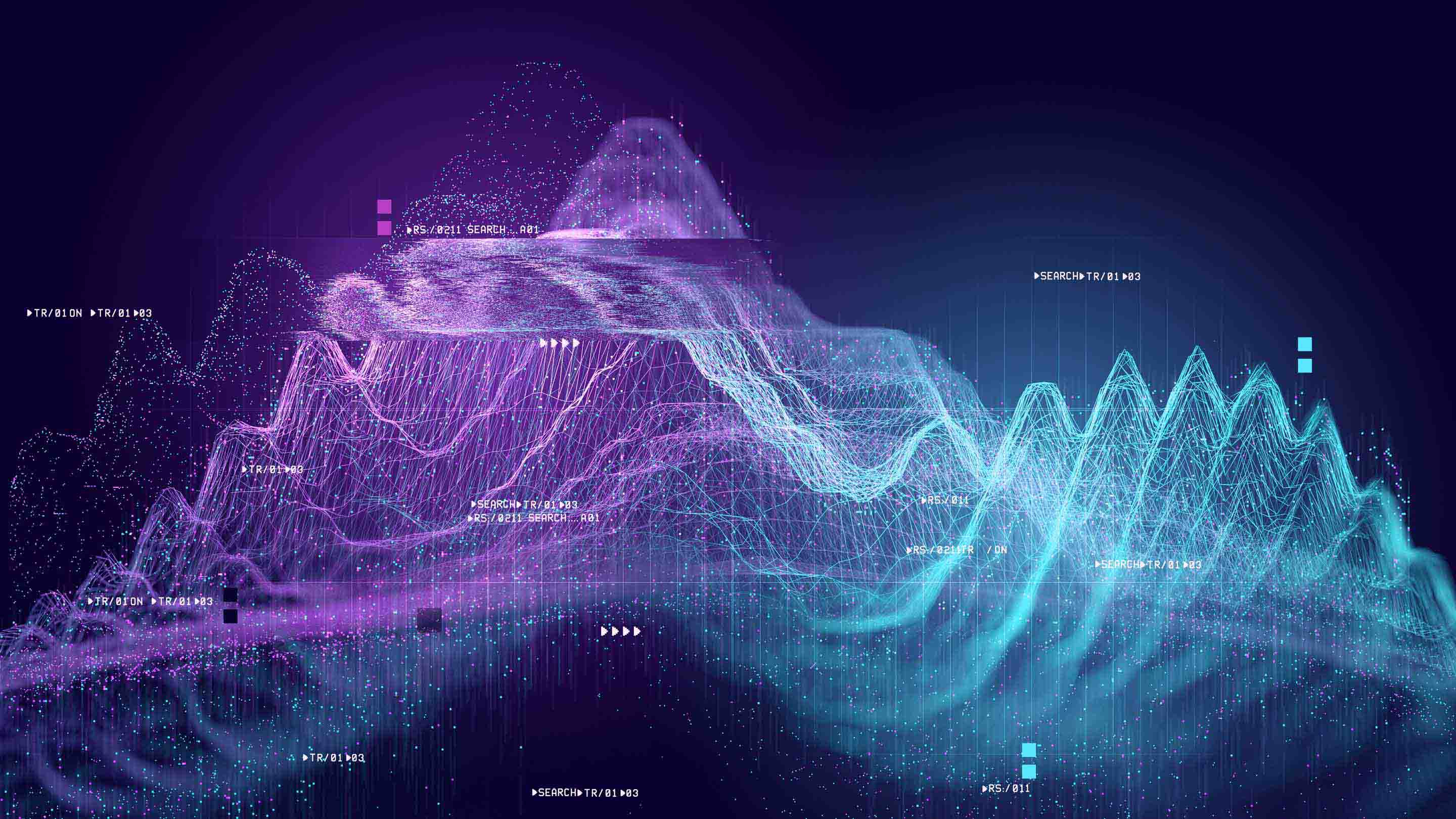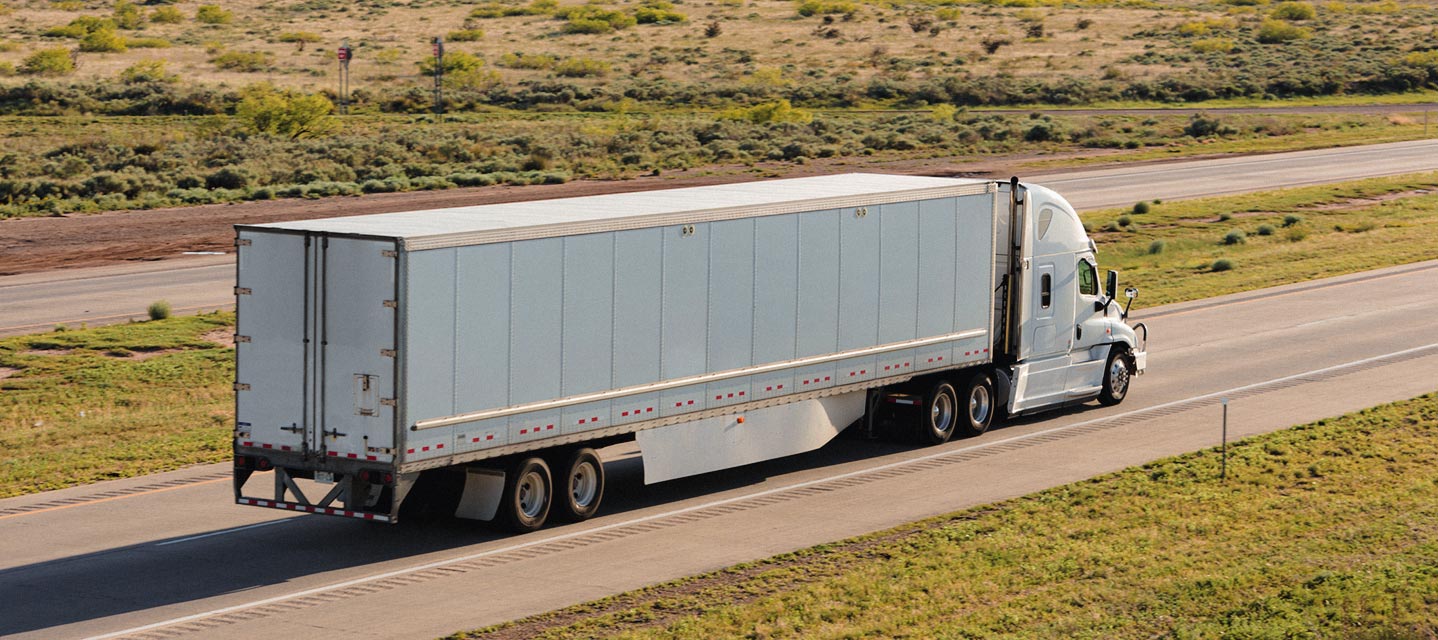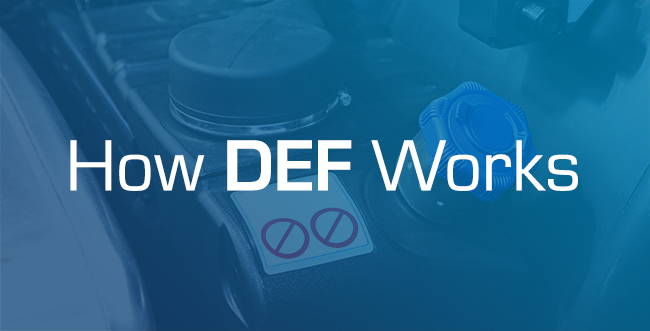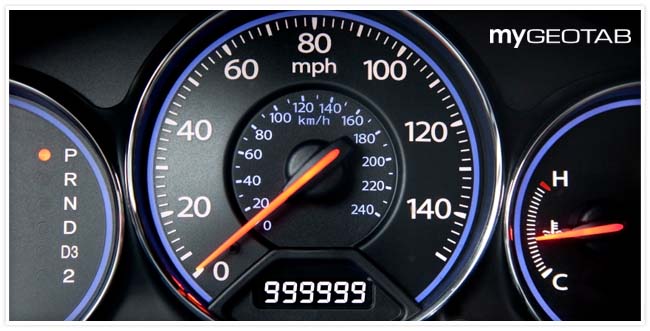M2M LTE: Your questions answered
How long will LTE be relevant? Does LTE lead to higher data rates? We answer your M2M LTE questions.
By Geotab Team
Feb 16, 2018
Updated: Dec 27, 2023

LTE has been around for a while now, and comes in many flavours, called “Categories.” The primary advantage of LTE technology over 2G and 3G technologies is generally faster data speed. Due to M2M (machine-to-machine) requirements, LTE has different user equipment categories, e.g. Category 0, Category 1, Category M, etc.) specifically catering for M2M bandwidths, costs, coverage and power.
5G is coming but it’s not ready yet. Wired reports that we won’t see a 5G launch in the U.S. until 2020. When it is available, people will have access to many upgrades that they did not experience with 4G technologies. Users will have a faster connection than ever before, which will be approximately ten times faster than 4G, and will be able to stream Ultra HD and 3-D videos, while reducing lag time.1 The 5G network will pave the way for autonomous cars, drones and virtual reality (VR).
See Also:
How Autonomous Driving Will Change Our Highways and Cities
Introducing the Geotab GO9+: Take Wi-Fi with you wherever you go
Questions and Answers:
How long will LTE remain relevant?
With the sunsetting of legacy technologies, 2G and 3G are going to be phased out in North America in the near future. 2G is being sunsetted right now, while 3G is expected to follow in 3-5 years time. So LTE is the only current technology that will continue to be relevant for the near future. Read more about the 2G sunset here.
Does LTE lead to higher data rates?
Right and wrong!
While LTE Categories 1 and higher do in fact provide a higher data rate of up to 10/5 Mbps (downlink)/(uplink), the M2M categories are being developed for machines and sensors that do not need high bandwidths. Ultimately, LTE Category M2 is heading towards a data rate of 200 Kbps!
LTE Downlink / Uplink Speeds2
- LTE Cat 1: 10 Mbps / 5 Mbps
- LTE Cat 0: 1 Mbps / 1 Mbps
- LTE Cat M1: 200 Kbps – 1 Mbps / 200 Kbps – 1 Mbps
- LTE Cat M2: 200 Kbps / 144 Kbps
How much does LTE cost?
The cost of LTE Category 1 modems are generally higher than 2G modems, but comparable to 3G modems. Category 0 and Category 1 modems are expected to be cheaper by 50% and 75% respectively, while LTE Category M modems are expected to cost around $5.2
RF power will be higher or the same, right?
Wrong! While Category 1 and Category 0 modems will have a transmit a radio frequency (RF) power of +23 dBm, the transmit power in Category M1 is specified at +20 dBm. This is 3 dB lower than preceding versions, and enables a much cheaper modem design!
What uses more power, LTE or 3G?
Developers of LTE for M2M are building in new power saving modes for battery operated devices, and will be more power-efficient than 2G or 3G. Ultimately, the low-end LTE modem is designed to be powered by a coin cell!
What is the LTE network coverage?
LTE M2M aims to maintain a balance between cost, power and coverage, and may provide lesser coverage as compared to LTE Categories 1 and higher. Since it’s designed primarily for machines, coverage is not considered to be as critical a factor as with applications using voice. Coverage aspects have been modified to lower costs.
Conclusion
LTE technology is actually tailored to suit two different segments: the consumer electronics segment and the M2M segment. The low cost, low power M2M modems are expected to cater to the massive M2M market. Expect everything to be connected in the future, and mostly by LTE.
For more fleet news and best practices, please subscribe to the Geotab newsletter.
References:
- D. Goldman. (2018, Jan. 29). What is 5G? CNN Tech. [Online] Available: http://money.cnn.com/2018/01/29/technology/what-is-5g/index.html
- B. Nelson. A fork in the road for LTE. Digi International. [Online] Available: https://www.apta.com/mc/revenue/previous-conferences/2016revenue/presentations/Presentations/A%20Fork%20In%20The%20Road%20For%20LTE%20-%20Brent%20Nelson.pdf
Related:
Telematics Glossary: 60+ Terms to Know
Get to Know Connected Vehicle Technology: V2V, V2X, V2I
Subscribe to get industry tips and insights
The Geotab Team write about company news.
Table of Contents
Subscribe to get industry tips and insights
Related posts

The future of transportation: Trends, research and what’s next according to experts
July 17, 2025
9 minute read

What is DEF? How diesel exhaust fluid works and why it's essential for fleets
July 16, 2025
5 minute read

Odometer reading: How to check + optimize for smarter fleet management
July 15, 2025
5 minute read

9 strategies to increase fleet fuel efficiency and lower fuel costs
July 8, 2025
4 minute read

Creating a fleet safety culture that’s built to last: Lessons from Missouri DOT and NYC
July 7, 2025
8 minute read
